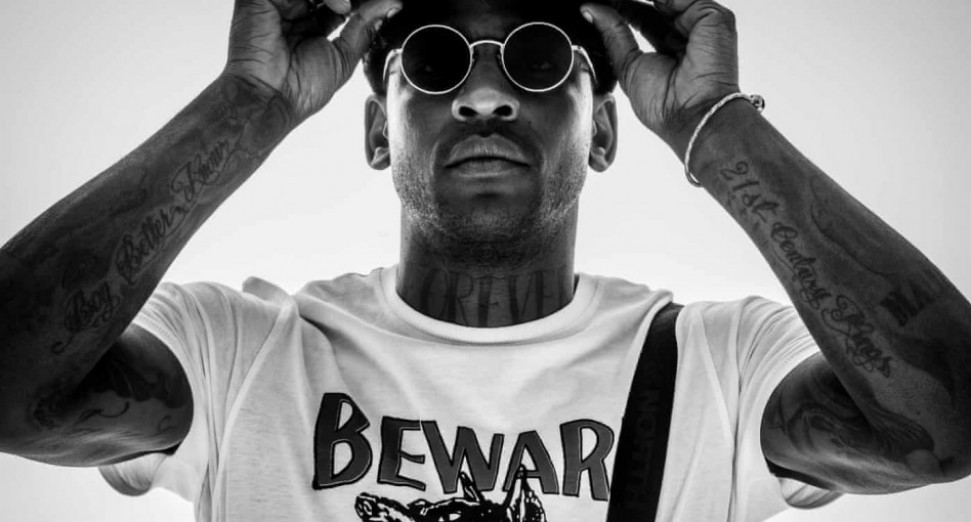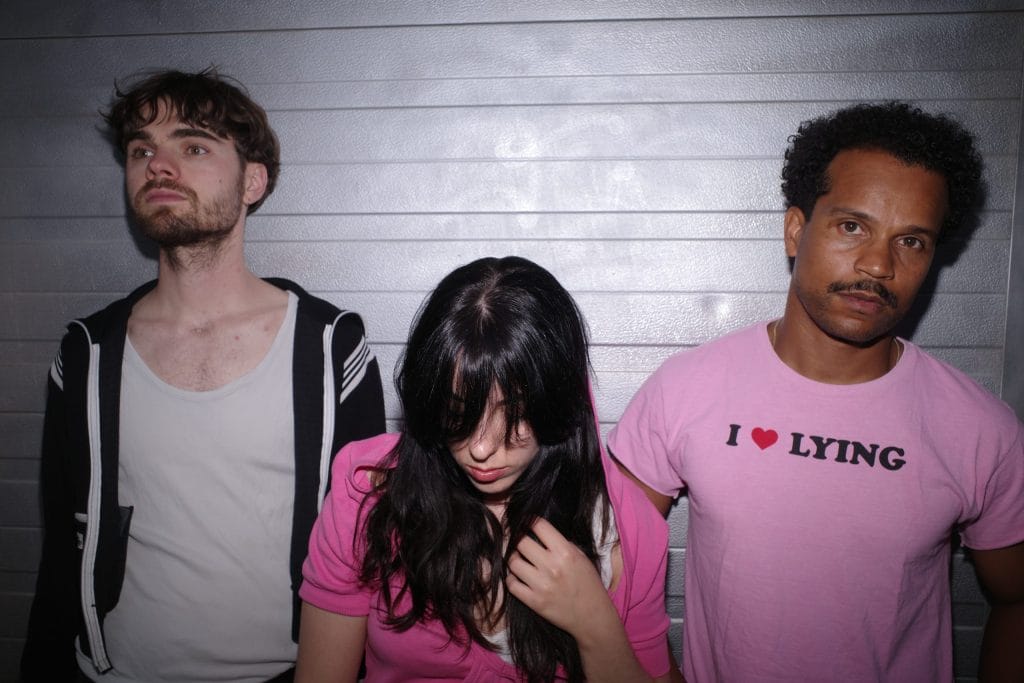
How It Was Made: Edo Van Breemen – Keeper (Mutant + Horror Score)
Edo Van Breemen built the Keeper score through a very hands-on process that leans fully into physical recordings, custom sample instruments, and a workflow shaped by his remote studio near Vancouver. The film asked for a sound that felt rooted in place, so he focused on acoustic sources that mirror the environment shown on screen. Instead of stacking plugins for color, he relied on personal recordings and performance-driven material to shape the foundation of each cue.
His approach centers on intention and constraint. Edo limited himself to homemade sample instruments and a small set of hardware, which helped him keep a direct line between the ideas he heard and the material he captured. This kind of boundary kept the sessions focused, made decisions easier, and let each texture grow from a real, physical action in the room.
Across the score, you hear saxophone, fiddle, percussion loops, and vocal elements that reflect the film’s emotional tension. Edo recorded everything through one preamp path to maintain continuity, then shaped the layers in Ableton with a simple toolchain. That simplicity is what makes the score feel grounded. Every sound was performed, captured, and shaped with care, and every cue grew from the same core process.
Ableton Sampler
Ableton sampler was the main generative thing I used on this score besides acoustic recorded performances. I have a lot of hardware in the studio but wanted to challenge myself to exclusively working with my own home-made sample instruments.
Most of the percussion cues were drum loops played in Ableton sampler that I had originally recorded without any click track on a little jazz Ludwig kit in my studio. I add a Fabfilter Q3 for a bit of EQ, and a Fabfilter compressor after that, and then always Valhalla Room verb. Sometimes a little bit of extra distortion comes from Soundtoys Decapitator. Also did the same thing with a recorded violin, just mapped a legato played loop in Ableton to the appropriate key and did a few takes and then spread this all over the key map so you could play it like a polysynth. This ended up strangely sounding very close to a CS80 somehow but has a real organic flavour.
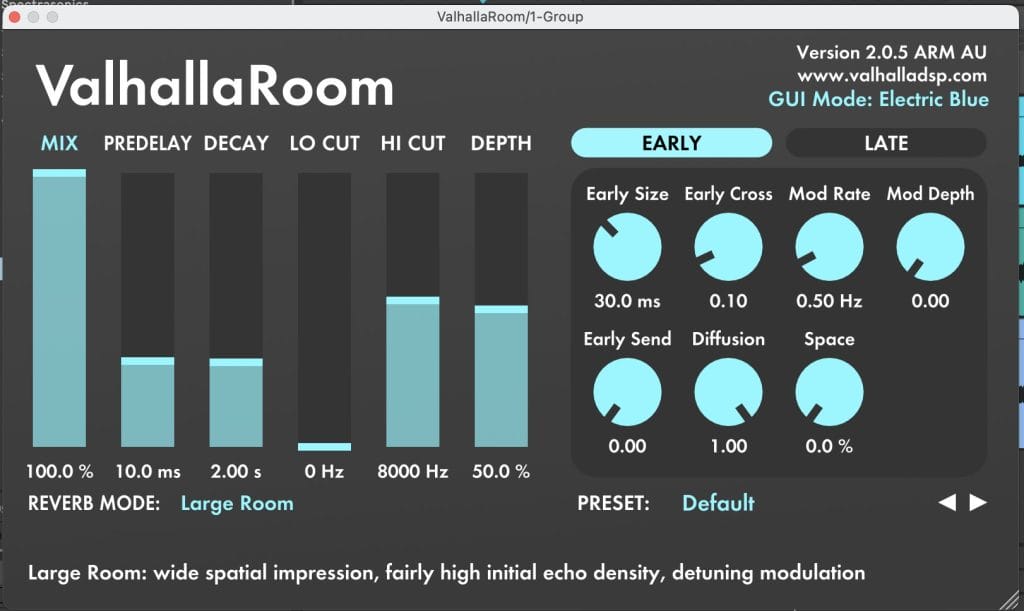
Using a software sampler or even a hardware sampler with your own samples is a really satisfying feeling. You can easily mess around with where the loop starts and stops, reverse it, and almost get some granular sounding results depending on how the settings are tweaked. For me this was the first score where I fully limited myself to this one composing tool outside of pure recordings.
We’ve heard the same plugins a million times in everything so just by virtue of taking a risk and making something strange, you’ll get a result that’ll be interesting to you and hopefully an audience.
Neve 1073 OPX
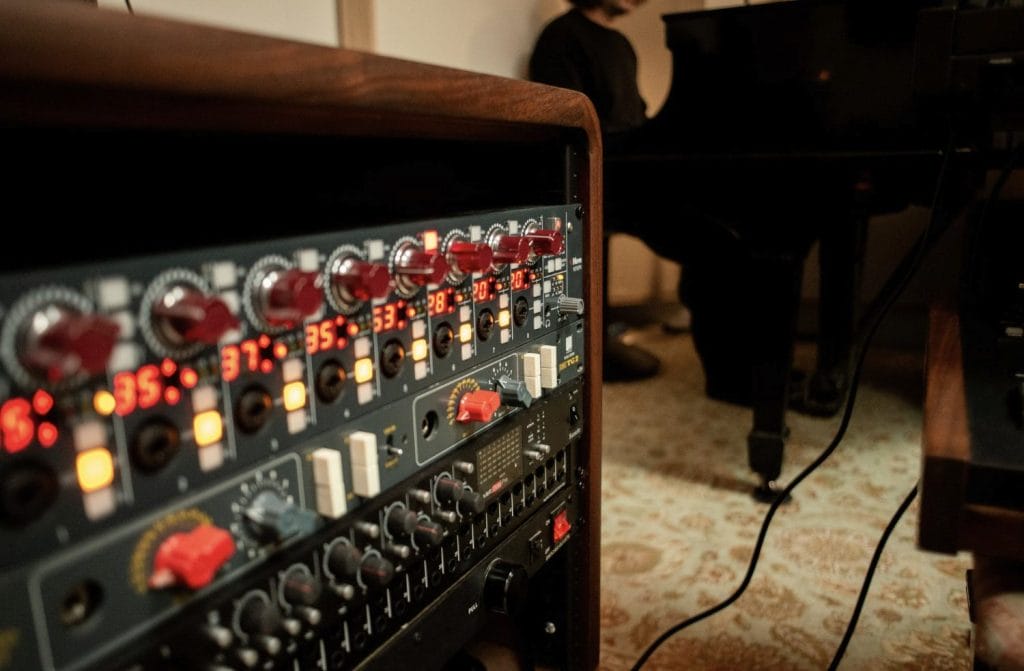
Well, I realize it’s a little boring but I need to show some love for the Neve 1073 OPX. Basically anything plugged into this sounds amazing and all of the sampler instruments were created through this preamp, mostly using a Neumann U87 for capture. I have the Dante version of the OPX so moved my whole studio over to networking which is nice because I can bounce around the studio with my Macbook air and one ethernet cable working off battery. That’s a big gamechanger actually because I don’t need a headphones mixer if I’m just working by myself, instead I use the Macbook Air headphone jack as my output and can overdub or work to click in that way. It just makes the whole process fun and fluid while still being connected to a beast of a preamp. These days the kind of gear I’m more likely to invest in is the kind of stuff that makes my creative process simpler and with fewer steps between the idea and the production.
On the Keeper score I worked principally with four other musicians: Dave Biddle (aka Linda Fox – Saxophone & FX), Jenn Bojm (vocals), Aiden Ayers (fiddle), and my studio engineer and multi-instrumentalist Jeffrey Innes. Again this is gonna sound basic but having the Neve in the middle of the studio keeps things fun and fast as we’re plugging in and out of it on the front panel and quickly setting gain stages for any other outboard gear in play.
Almost everything is U87 to Neve and then some very meat & potatoes compressor/eq chains in Ableton (which we used entirely for this score). Most of the recordings are improvisational so keeping the mic and preamp the same for all recordings gives the score a unified feeling.
I think the concept I can share is one of curated minimalism. The spice comes from having the musicians completely immersed in the picture and the performance so I want to make sure what we capture is going to be super high quality and all sound cohesive.
Eventide H90
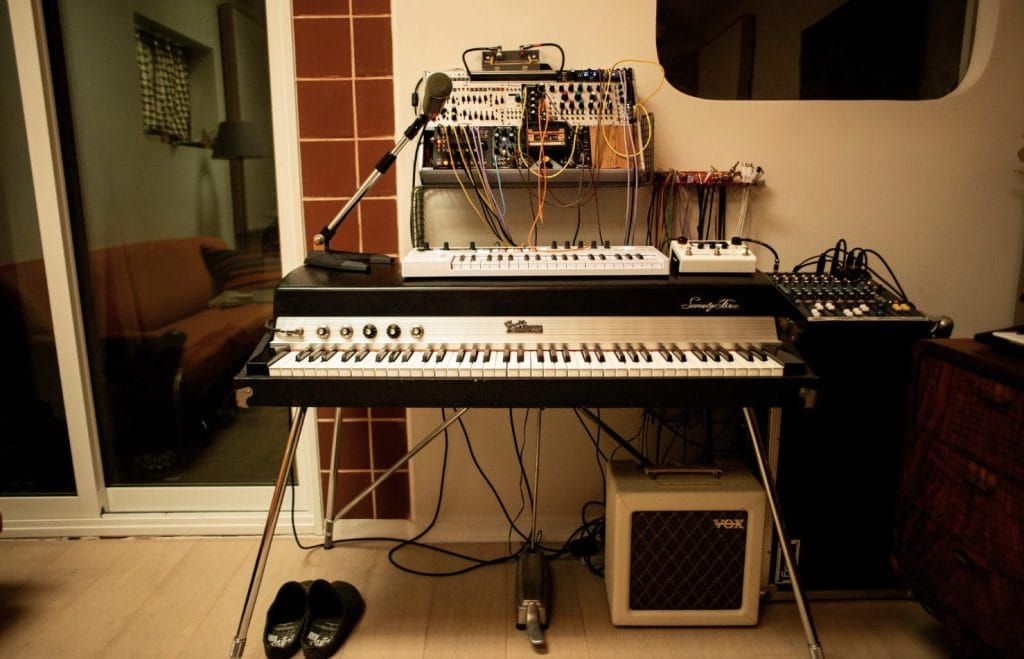
Eventide H90 pedal changed my life. I mostly use it with my Rhodes 73 because the unprocessed tone is quite neutral, leaving lots of potential for the H90 to do wild stuff. The presets are really well curated, especially the ambient section.
I’m a piano player so it feels natural to play the Rhodes but the pedal can really obscure the source in some patches so you wouldn’t even know it was a keyboard, but then I’m playing most of these pads by hand, often without a click so it’s like painting a textural background. I like the more muted and weird fx like “Empty Universe” and “Entanglement”.
Quick Tips For Writing Horror Scores
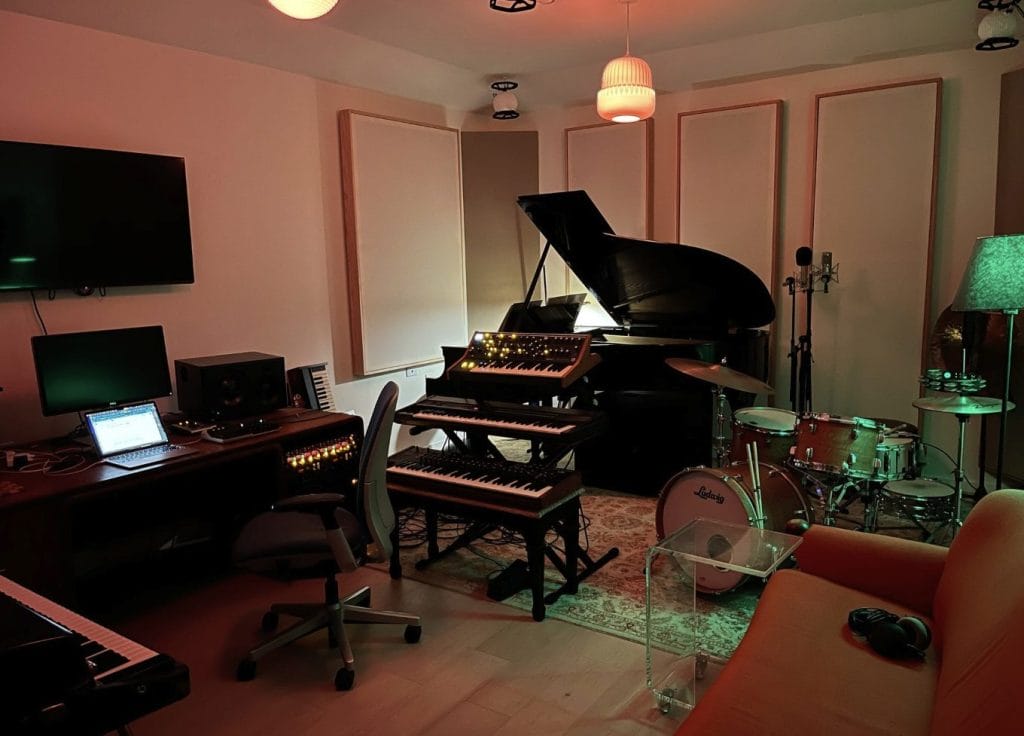
Hot Take #1
There are no genre standards in horror scoring anymore. Take as many risks as possible and make something soulful.
Hot Take #2
Be more curious about the gear you already own before buying new stuff. Use the bad sounds.
Hot Take #3
A trend where more directors are musicians and want to compose their own music, because the tools are there and you can learn anything online.
Hot Take #4
A good horror score shouldn’t try to sound scary it should somehow affect the nervous system and feel scary.

